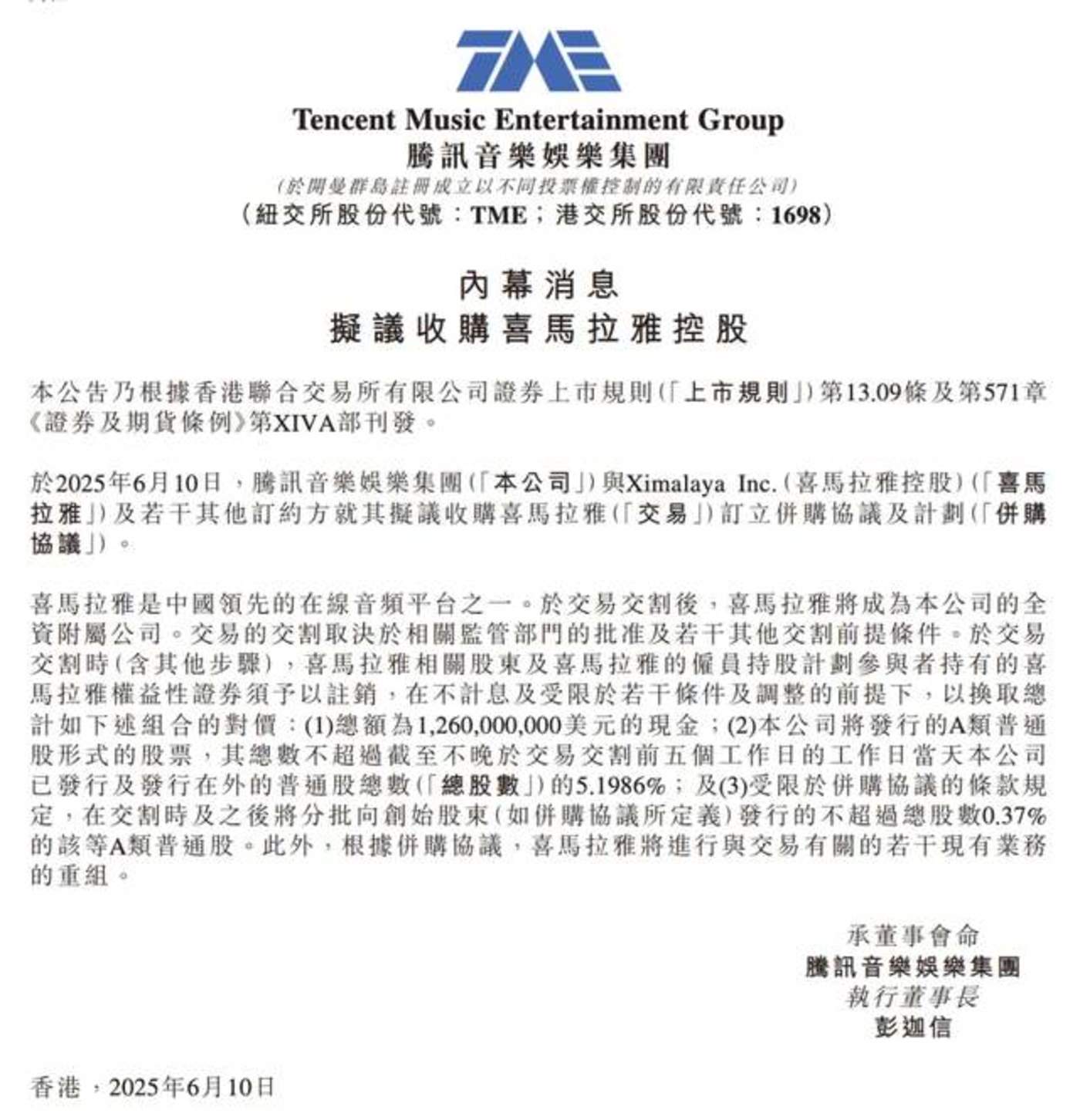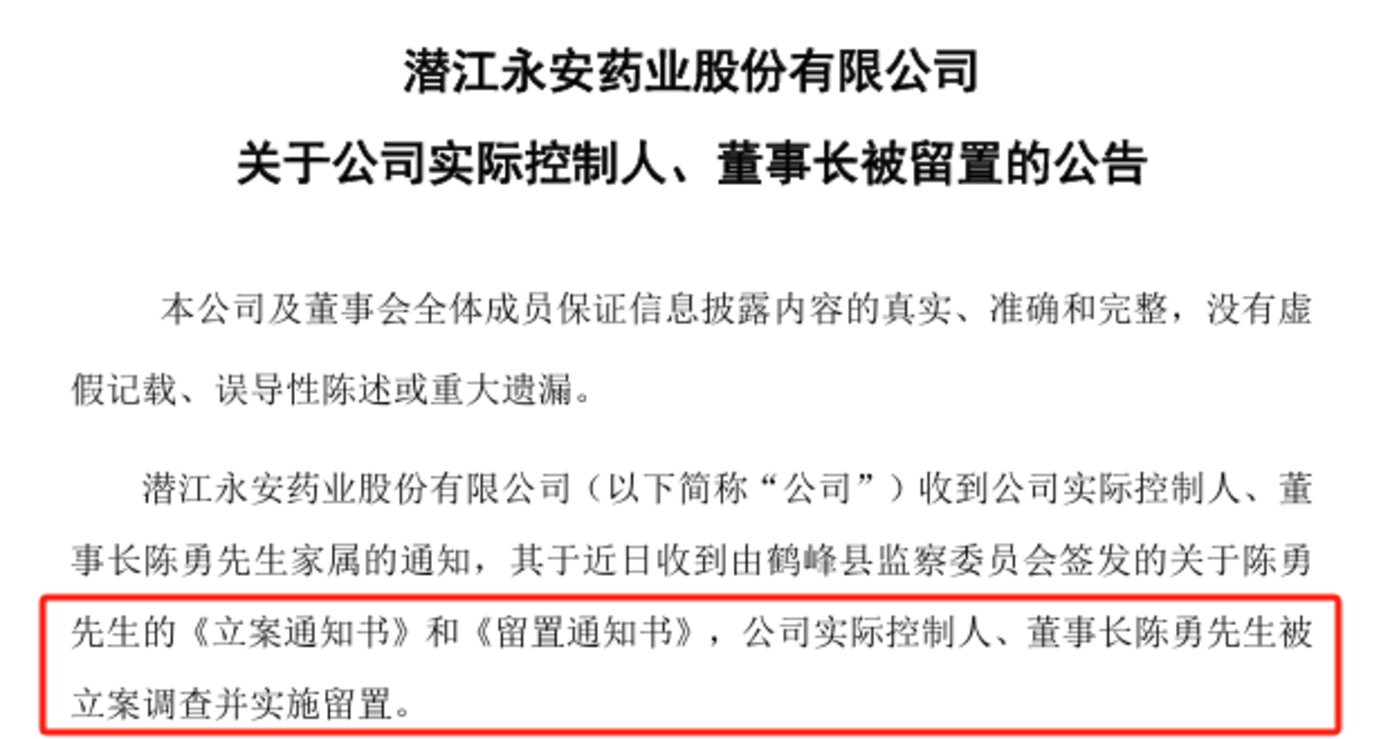
AI-generated image
AsianFin — U.S. Securities and Exchange Commission (SEC) Chairman Paul Atkins announced on August 1 the launch of Project Crypto, a sweeping, commission-level initiative that marks the most comprehensive crypto regulatory reform since he took office in April.
Designed to align with President Donald Trump’s vision of transforming the United States into the “global crypto capital,” Project Crypto sets out to streamline rules on crypto asset issuance, trading, custody, tokenization, licensing, and decentralized finance (DeFi), while introducing an “innovation exemption mechanism” aimed at fostering blockchain-driven capital markets.
In a defining speech, Atkins declared that this is an SEC-wide initiative to modernize securities regulation and enable the full migration of U.S. financial markets onto the blockchain. Significantly, he asserted that most crypto assets are not securities, a direct departure from the hardline stance of former SEC Chairman Gary Gensler, signaling a strategic pivot that could reshape the agency’s years-long battle with the crypto sector.
The announcement coincided with Hong Kong’s Stablecoin Ordinance coming into force, underscoring a global divergence in crypto regulation approaches. While the U.S. seeks regulatory clarity and innovation flexibility, Hong Kong’s legislation is seen as a more restrictive, compliance-heavy model.

Under Gary Gensler, the SEC aggressively pursued enforcement actions against crypto firms, championing the view that all tokens—except Bitcoin—qualified as securities under the Howey Test. His tenure was marked by high-profile lawsuits against Binance and Coinbase in June 2023, which accused both platforms of operating unlicensed securities exchanges. These actions, executed within 24 hours of each other, sent shockwaves through the industry, prompting firms large and small to relocate operations to more crypto-friendly jurisdictions such as Dubai, Singapore, and Thailand.
While Gensler justified his enforcement-led approach as investor protection, critics accused the SEC of regulatory overreach, stifling innovation, and creating a climate of legal uncertainty. Atkins, however, signaled from his inauguration that his leadership would focus on “rational, coherent, and principle-based regulation” rather than ad-hoc crackdowns.
Atkins has since made it clear that the SEC would pivot away from reactive litigation to proactive rulemaking. “The SEC should return to its core mission—promoting innovation, not suppressing it,” Atkins said in May, adding that enforcement-driven policymaking had left the U.S. crypto market paralyzed by ambiguity.
Project Crypto: Five Pillars of Reform
In his address, Atkins outlined five key priorities under Project Crypto:
-
Bringing Crypto Asset Issuance Back to the U.S.
Atkins pledged to establish a clear regulatory framework for crypto asset issuance, moving beyond the SEC’s historically evasive posture. By providing definitive guidelines on whether a crypto asset constitutes a security, commodity, or stablecoin, the SEC aims to eliminate reliance on the nebulous Howey Test. Atkins proposed safe harbor provisions and specific disclosure requirements for token sales, airdrops, and network rewards, along with regulatory exemptions for enterprises seeking to issue security tokens domestically. -
Custody and Trading Platform Freedom
Atkins emphasized that market participants should have maximum freedom to choose how they custody and trade digital assets. This includes supporting self-custody wallets and chain-based activities, as well as adapting existing custody regulations to the nuances of crypto. Atkins directed SEC staff to explore exemptions and rule adjustments to foster a compliant yet flexible custody ecosystem. -
Fostering “Super-Apps”
A key goal under Atkins’ leadership is enabling financial “Super-Apps” that allow intermediaries to offer a broad suite of services—ranging from non-securities crypto trading to staking and lending—under a unified license. Atkins argued that overregulation disproportionately burdens smaller firms and forces innovation offshore. The SEC will work to facilitate parallel trading of securities and non-securities assets on SEC-regulated platforms while exploring ways to permit listings on non-SEC registered venues. -
Protecting DeFi and On-Chain Innovation
Atkins instructed the SEC to update outdated rules that stifle DeFi and on-chain software ecosystems. He stressed that decentralized platforms should be given space to thrive, with developers shielded from regulatory persecution simply for publishing code. Atkins affirmed that the SEC will establish clear, workable frameworks for intermediaries operating on-chain systems while safeguarding investor interests. -
Launching an Innovation Exemption Mechanism
The SEC will consider an “innovation exemption mechanism” to allow rapid market entry for novel business models, even if they don’t fully align with existing regulations. However, conditions such as periodic reporting, whitelist functions, and certified token standards (e.g., ERC-3643) will be required. Atkins encouraged both the industry and SEC staff to prioritize “commercial viability” when crafting these models.
Project Crypto represents a significant departure from the previous administration’s broad-brush enforcement tactics, which many in the industry felt sought to expand SEC authority rather than provide regulatory clarity. Atkins’ initiative aims to replace ambiguous legal definitions with transparent standards, potentially ending the SEC’s pattern of litigation-driven policymaking.
The project’s timing is notable as it aligns with the Trump administration’s broader push to consolidate U.S. technological dominance and regain leadership in the digital asset sector. Project Crypto is also seen as complementary to the GENIUS Act, a proposed legislative framework designed to stimulate Web3 innovation through regulatory reform.
Hong Kong’s Stablecoin Ordinance: A Stark Contrast
While the U.S. takes steps to deregulate and promote innovation, Hong Kong has opted for a stricter compliance route. Effective August 1, the city’s Stablecoin Ordinance mandates that fiat-backed stablecoin issuers obtain licenses from the Hong Kong Monetary Authority (HKMA). The ordinance imposes comprehensive Know-Your-Customer (KYC) requirements, including identity verification for all stablecoin holders—even those using self-custody wallets.
Additional mandates include:
-
A minimum paid-up capital of HK$25 million.
-
A 100% reserve requirement in highly liquid assets, held in segregated custody.
-
One-day redemption mechanisms at face value.
-
Strict marketing prohibitions for unlicensed stablecoins, with violators facing criminal penalties.
The HKMA is currently accepting license applications, with the first round closing on September 30. However, reports suggest that initial approvals will be capped at three to four issuers, with major players like Bank of China (Hong Kong) and Standard Chartered expected to lead applications.
A Global Divergence in Crypto Regulation
With its stringent compliance obligations, Hong Kong’s approach starkly contrasts with the flexibility offered under Project Crypto. Critics argue that Hong Kong’s legislation, while robust on anti-money laundering measures, effectively sidelines DeFi and decentralized wallet infrastructure, limiting the functional scope of stablecoins within the region.
HKMA Assistant Chief Executive Ken Ngai has hinted at future regulatory easing should technology evolve sufficiently to mitigate current risks. However, for now, Hong Kong’s focus remains squarely on financial stability, even at the expense of Web3 innovation.
The rollout of Project Crypto may herald a new chapter for the U.S. crypto industry, positioning it as a hub for innovation amid increasing global regulatory divergence. Should Atkins’ initiative succeed, it could restore confidence in the U.S. regulatory environment, drawing talent and capital back to American shores.
Meanwhile, Hong Kong’s model reflects a more conservative path, prioritizing financial integrity and risk mitigation but risking a stifling effect on its burgeoning Web3 ecosystem.
As jurisdictions around the world continue to shape their regulatory approaches, the contrast between the U.S. and Hong Kong offers a clear window into the broader policy debates defining the future of digital finance.
更多精彩内容,关注钛媒体微信号 (ID:taimeiti),或者下载钛媒体 App





























